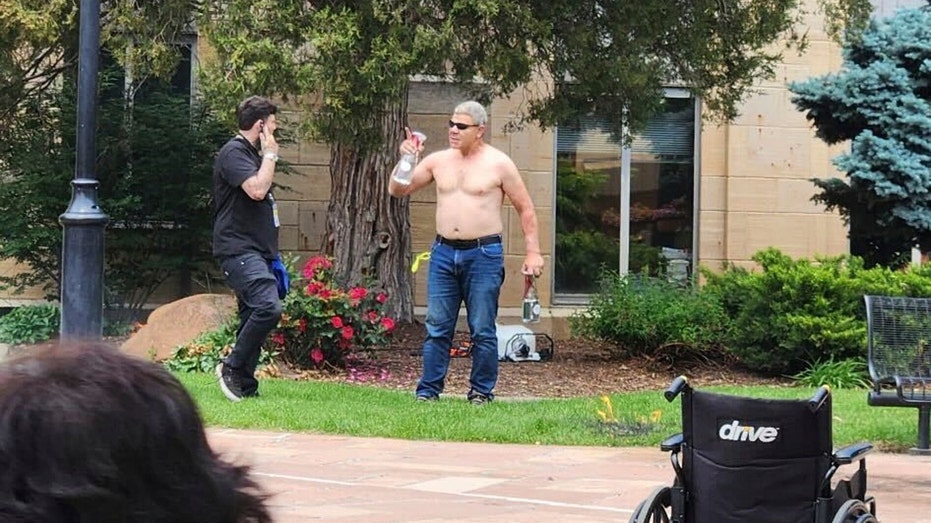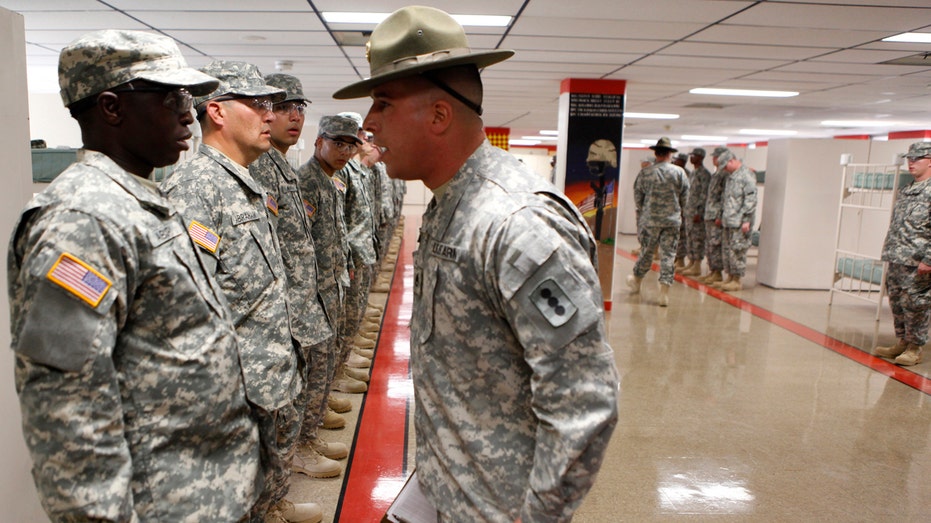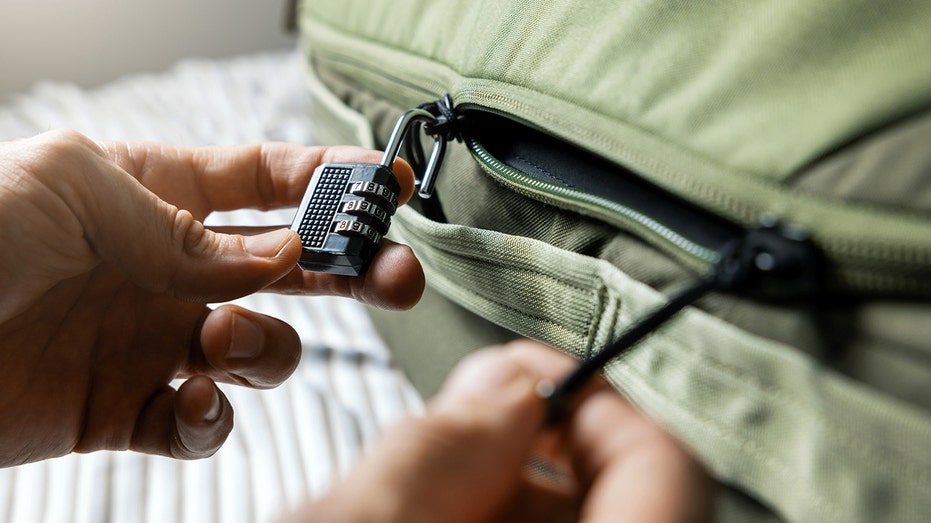- by foxnews
- 04 Jun 2025
‘Putting their lives on hold’: Australian families kept apart as wait times for partner visas blow out
‘Putting their lives on hold’: Australian families kept apart as wait times for partner visas blow out
- by theguardian
- 24 Apr 2023
- in news

Australian families are living in constant fear of being torn apart, as wait times for partner visas blow out - to years in some cases, according to newly released figures.
The Department of Home Affairs has released figures on partner visa processing times to Guardian Australia in response to a freedom of information request.
The data shows the average wait to get a temporary partner visa is between eight and 13 months. This is up from six months a decade ago. However, wait times, depending on country of origin, could now be years in some cases.
"People are putting their lives on hold for years," says Josephine Langbien, a senior lawyer at the Human Rights Law Centre.
"Parents are missing out on seeing their kids grow up. People are stuck in really precarious situations overseas when they could be here in Australia rebuilding their lives together with their families."
There are a number of reasons why waiting times have increased, including Covid, bureaucratic difficulties, high thresholds to prove relationships, cultural and administrative barriers in other countries, and difficulties some face in providing documentation. But some advocates have questioned if a key reason might be potentially unlawful targets in how many visas are processed in a year.
It is illegal under the Migration Act to place a cap on the number of partner or child visas granted every year. The Department of Home Affairs denies the practice , saying visas have "never been capped".
In a statement to Guardian Australia a department spokesperson said "Australia's Migration Program is based on a universal, non-discriminatory visa system. All non-citizens applying for visas to enter Australia are considered on an individual basis and against legal requirements set out in Australia's migration legislation."
"The relevant legislation does not discriminate, and the objective assessment is undertaken individually for each applicant based on their circumstances."
"It has been the long standing practice of successive governments to manage the orderly delivery of migration program outcomes against planning levels."
However the Morrison government's final federal budget included an announcement that partner visas "will move to a demand-driven basis going forward", which some have interpreted as an admission that the visa was previously subject to a de-facto cap.
"They give a direction saying this is the maximum number we're aiming for this one year," said Prof Mary Anne Kenny, an associate professor at Murdoch University and expert in migration law.
"So what was happening is [the government] were not processing past [that]. So if you get more applications than your grant, you start to steadily get an increase in waiting times."
Australia's complex visa system includes four subclasses of partner visas. There are temporary visas (subclasses 820 and 309) and permanent ones (801 and 100). Subclasses 820 and 801 are for applicants who applied while in Australia, while the other two are for overseas applications.
When someone applies for a partner visa they are actually simultaneously applying for two - once granted, the temporary visa is valid until a decision is made on whether to grant a permanent visa. The data shows that subclass 100 visas, a permanent visa for offshore applicants, has had the greatest processing blow out over the decade, increasing from three months to more than a year.
There were 56,750 parter visa applications "on-hand" in August 2022, according to the latest report from the department. This is an increase from just under 50k the year before.
Even as waiting times increased for all applications over the past decade, it jumped for applications from some nationalities. Between 2010 and 2021 the average wait times for applicants from Afghanistan increased from about 16 months to more than 40 months for offshore visas (subclass 309).
According to Langbien some of this was likely because of a ministerial direction (direction 80) that put applications sponsored by people who had arrived by boat "at the back of a never-ending queue".
"For years, and especially for the last decade, there have been both explicit and unwritten rules and administrative processes that enshrine discrimination in the family migration program - particularly against refugee families, and particularly against people who travelled to Australia by boat," she said.
"While one of those explicit policies has recently been removed, this is not a complete or automatic fix. People are still up against extreme delays, exorbitant costs and unreasonable visa criteria."
The federal government revoked direction 80 in February. But the opaque rules mean even those who aren't caught up by these kinds of directives can wait years without hearing anything.
Evelyn*, a Sri Lankan migrant who waited three years for her partner visa to be processed, says she still feels unsettled after the stress of her experience.
"I got my permanent residency recently, and I still have that feeling that I don't belong here. It stayed with me for so long it's become part of how I think," she says.
"On so many levels you are affected. It affects you professionally, emotionally, mentally. You feel like you don't have rights over here. You're just in the air. It's like you're not a real person."
"There's this mental strain that you're going through. Because you can't settle. You never know if the application is going to be rejected. Or why it's taking so long. It's such an opaque process. You're always living in uncertainty.
"It's family at the end of the day. And there is this possible condition that you can't be with your family. It's pretty shitty."
Afghanistan-Australian family, Fatima, Abdullah and their four children, had an exemption from direction 80, but waited five years for a partner visa.
"There'd been absolutely no communication or explanation from the department for the delay," says Langbien.
After the HLRC challenged the unexplained delay in court, the government conceded the case and issued the visas.
"I waited so many years to be with my family. Being reunited with them is a relief. I wish that the Australian government could have processed the visas faster. There are lots of other people just like us - if the government can act faster on their visas, that would mean a whole new world for those families," said Abdullah at the time.
The Department of Home Affairs told Guardian Australia that it has recently added staff and streamlined processes to increase efficiency.
"For family stream visas in particular, the department is currently focused on processing older applications, which is impacting published processing times," a spokesperson said.
"Processing times for this cohort will reduce once these older cases are finalised."
Repeated inquiries into the visa processing system have recommended such improvements to efficiency and and other administrative processes. But Langbien says that fundamental policy change is needed.
"We really need to see the government commit to removing all of the vestiges of the deterrence policy that has been entrenched in the family migration program. And the key to addressing visa processing times is to genuinely provide partner and child visas on a demand driven basis, rather than imposing unofficial caps.
"Secondly, the government must provide purpose-built family reunion options for refugee families, for example by reopening the family reunion pathways in the offshore humanitarian resettlement program. We need processes that avoid the systemic barriers present in the general family migration program, so that all families have a realistic and accessible way to reunite."
*Guardian Australia has changed some names.
- by foxnews
- descember 09, 2016
Should you lock your luggage when traveling? Why it's a weighty matter
With tightened security, experts are warning of luggage risks like theft and mishandling for travelers. TSA sees 90,000 to 100,000 items left at checkpoints monthly.
read more


